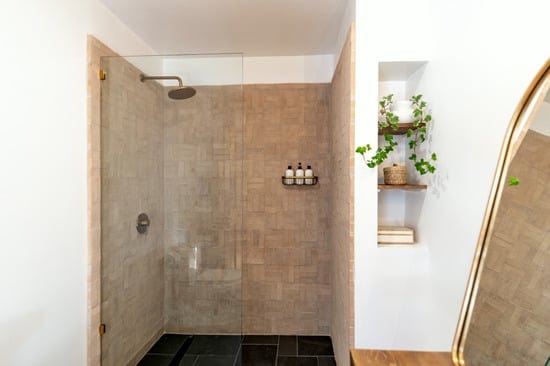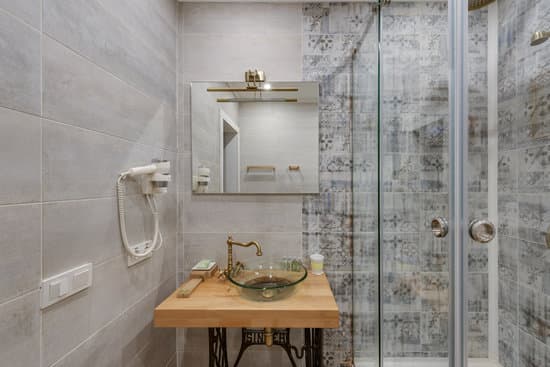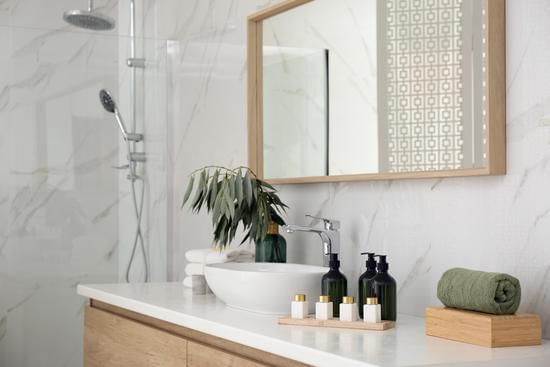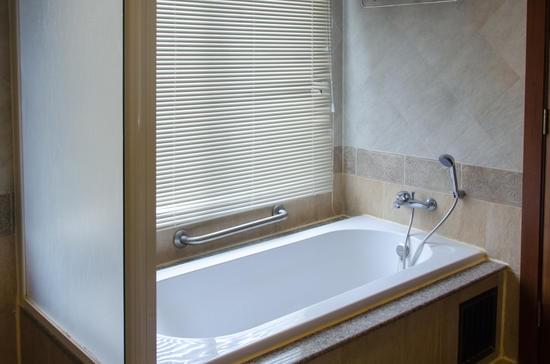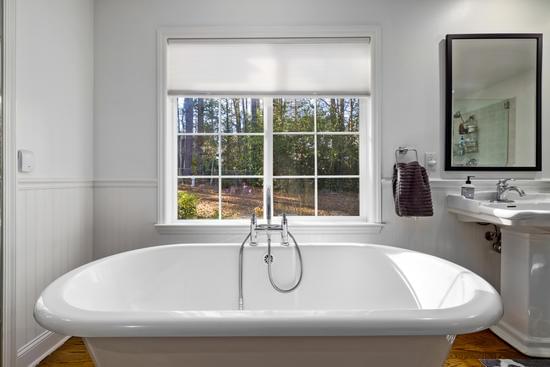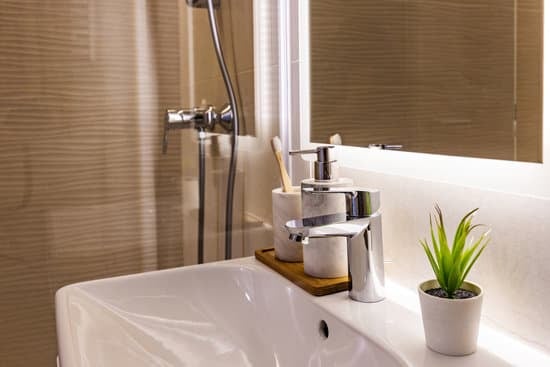Are you looking to add a bathroom to your basement? Whether you need an extra bathroom for convenience or to increase the value of your home, this article will guide you through the process step-by-step. From planning and design to assessing plumbing and electrical requirements, we’ll cover all the essential information you need to know. We’ll also discuss obtaining permits, meeting building codes, choosing fixtures and materials, and whether it’s best to hire professionals or tackle the project yourself. Let’s get started on creating a safe and functional basement bathroom!
Planning and Designing Your Basement Bathroom
You should start by determining the best layout for your basement bathroom. Consider the existing basement layout and choose a location that is convenient and provides easy access to plumbing. Take into account any obstacles or structural limitations that may affect your design choices. It’s important to create a safe environment, so make sure there is enough space for maneuverability and proper ventilation. Next, consider budget considerations. Setting a budget will help you prioritize the features you want in your bathroom and ensure that you stay within your financial limits. Think about whether you want to go for a simple, basic design or if you have room in your budget for more luxurious fixtures and finishes. Planning and designing your basement bathroom carefully will ensure that it meets both your functional needs and aesthetic preferences while staying within budget constraints.
Assessing Plumbing and Electrical Requirements
To properly install plumbing and electrical systems in a basement, it’s important to assess the specific requirements for these components. Here are some key considerations:
- Evaluating costs: Determine your budget for the project, including materials, labor, and any necessary permits. This will help you plan accordingly and avoid unexpected expenses.
- Ensuring proper ventilation: Basements can be prone to dampness and poor air circulation. Install a ventilation system to prevent mold and mildew growth and maintain good indoor air quality.
- Plumbing layout: Assess the existing plumbing lines in your basement and determine if they need to be extended or modified for your new bathroom. Consider factors such as drainage slope, pipe size, and water pressure.
- Electrical capacity: Consult with an electrician to evaluate if your current electrical system can handle the additional load of a bathroom. Ensure all wiring is up to code and properly grounded for safety.
- Safety measures: Install ground fault circuit interrupters (GFCIs) near water sources to protect against electrical shocks. Use waterproof materials in wet areas like shower stalls to prevent moisture damage.
By carefully evaluating these requirements, you can ensure a safe and functional bathroom addition in your basement while staying within your budget.
Obtaining Permits and Meeting Building Codes
Before starting any construction in your basement, it’s crucial to obtain the necessary permits and ensure that you meet all local building codes. This step is important because it ensures that your bathroom addition is safe and up to standard. Understanding the inspection process is essential as it helps you know what to expect during the permit approval stage. Inspections are conducted by professionals who check if your plumbing and electrical systems are installed correctly, ensuring they meet safety regulations. Additionally, inspections also focus on ventilation requirements for your new bathroom. Ventilation is crucial as it helps remove moisture and odors from the space, preventing issues like mold growth and unpleasant smells. Proper ventilation can be achieved through installing exhaust fans or windows in accordance with building codes. Remember, obtaining permits and meeting building codes not only ensures safety but also protects your investment in the long run.
Choosing Fixtures and Materials for Your Basement Bathroom
When choosing fixtures and materials for your new basement bathroom, consider the style and functionality that best suits your needs. Basement bathroom fixtures should be durable and able to withstand potential moisture issues. Opt for water-resistant materials such as ceramic or porcelain tiles for the floors and walls, as they are easy to clean and prevent mold growth. Install a reliable ventilation system to minimize humidity levels. For the sink, choose a sturdy material like stainless steel or porcelain, which can handle heavy use. Consider installing a low-flow toilet to conserve water while maintaining efficiency. Additionally, invest in quality plumbing fixtures that are resistant to corrosion and leaks. Remember to prioritize safety by installing waterproof electrical outlets and using proper lighting fixtures specifically designed for damp spaces.
Hiring Professionals or DIY: Pros and Cons
Hiring professionals for your basement bathroom renovation project can ensure a high-quality result, but DIY can save you money if you have the necessary skills and experience. When it comes to hiring professionals, it’s important to consider the cost comparison. While professional contractors may charge more upfront, they often have access to discounts on materials and can complete the project efficiently. Additionally, they are experienced in handling any unexpected issues that may arise during the renovation process. On the other hand, if you choose to tackle the project yourself, it’s crucial to assess your skills and knowledge beforehand. DIY can be cost-effective, but it requires careful planning and research to avoid costly mistakes or potential safety hazards. Ultimately, whether you hire professionals or opt for DIY depends on your budget, time constraints, and comfort level with taking on such a project.
Conclusion
In conclusion, adding a bathroom to your basement can be a great investment and improve the functionality of your space. By properly planning and designing the layout, assessing plumbing and electrical requirements, obtaining permits, and choosing fixtures and materials wisely, you can create a functional and stylish basement bathroom. Whether you decide to hire professionals or take on the project yourself, make sure to follow building codes and regulations for a successful installation. Enjoy the convenience of having an additional bathroom in your basement!

